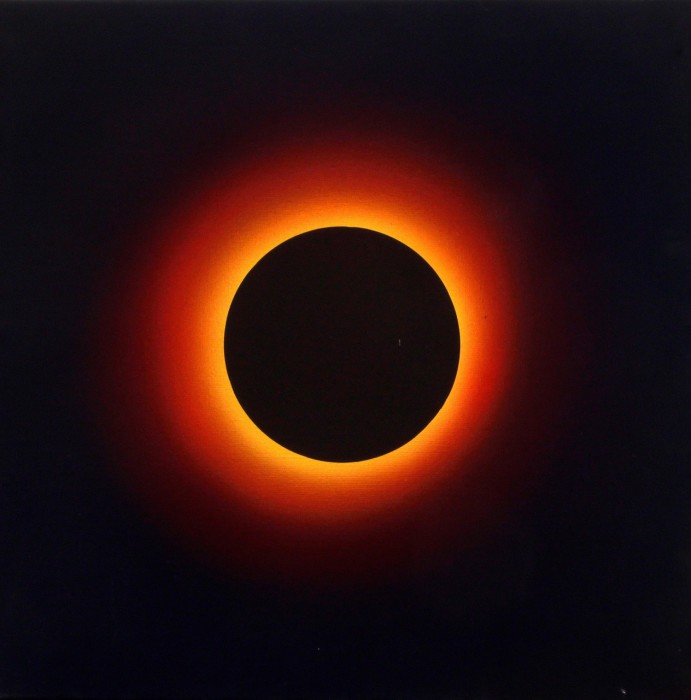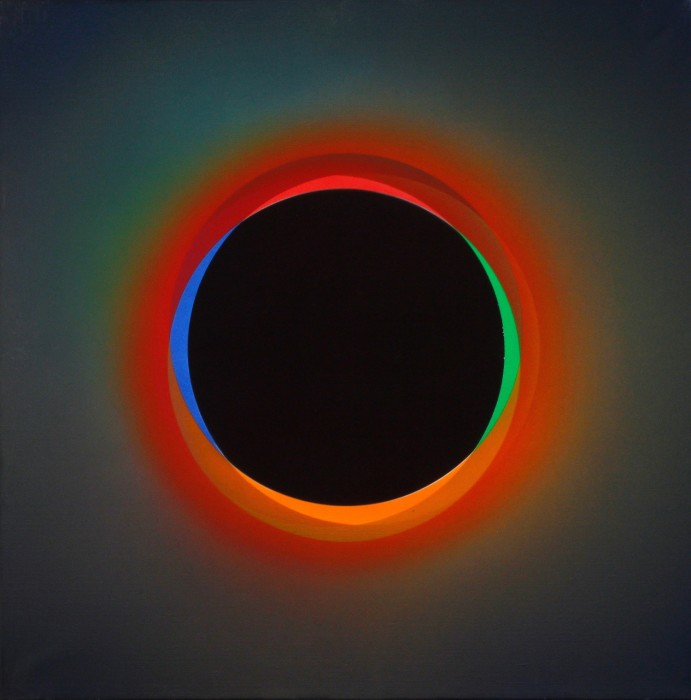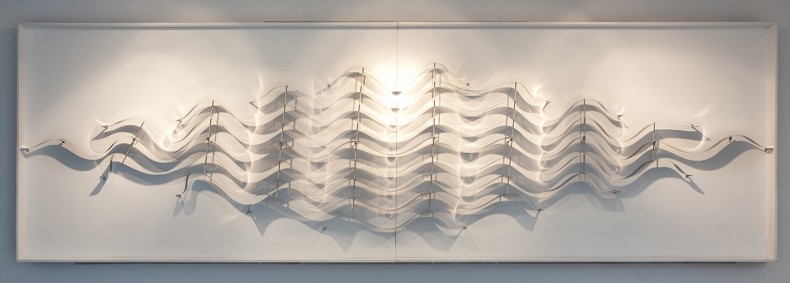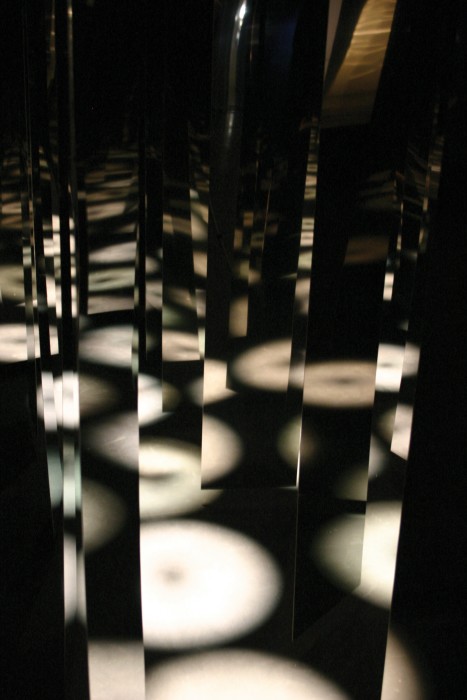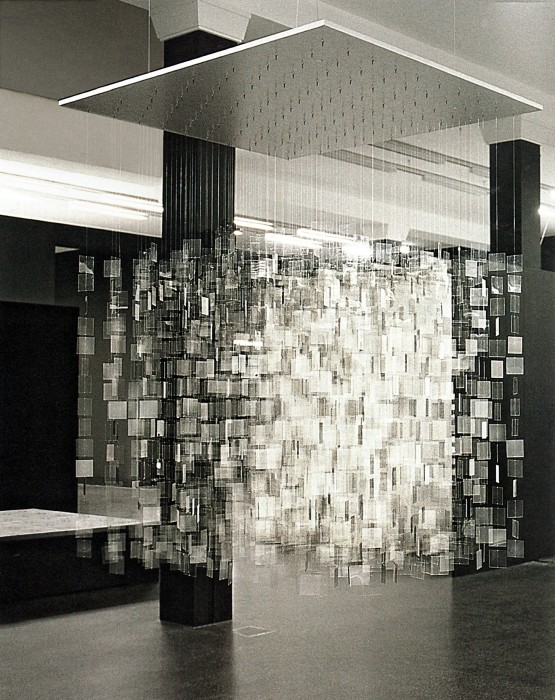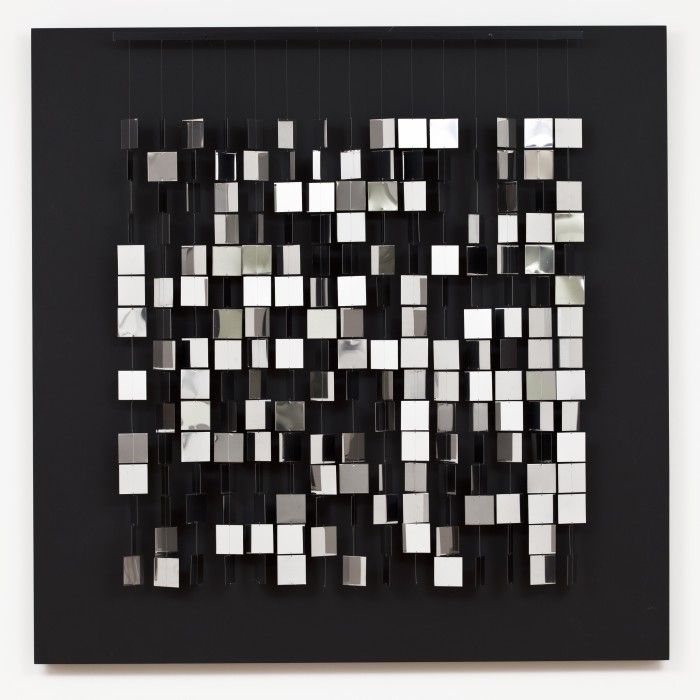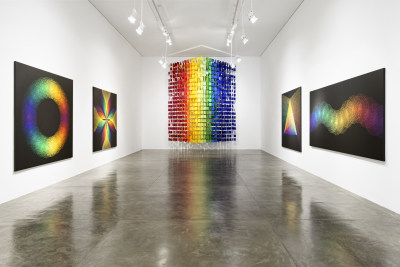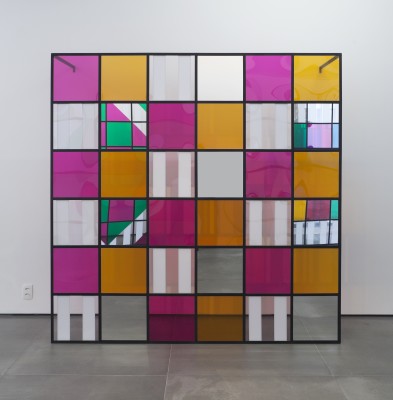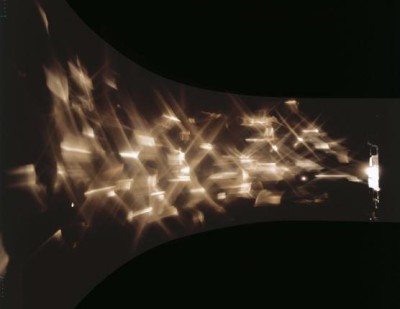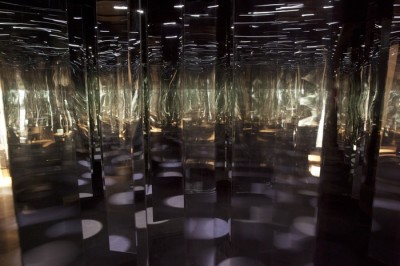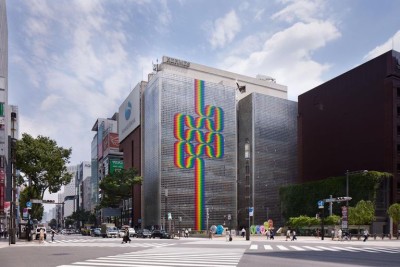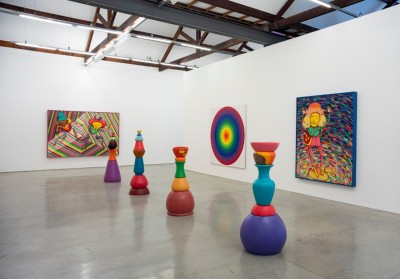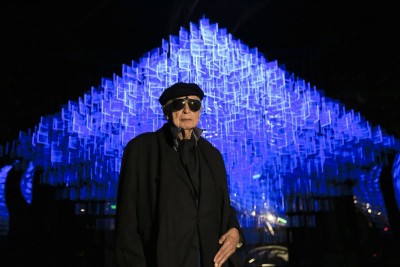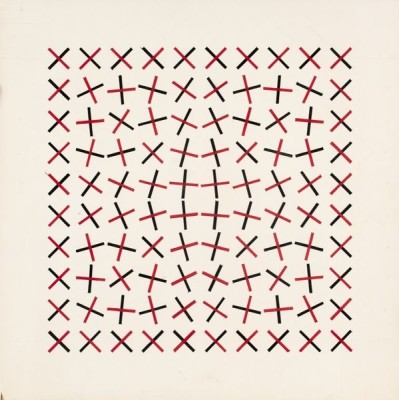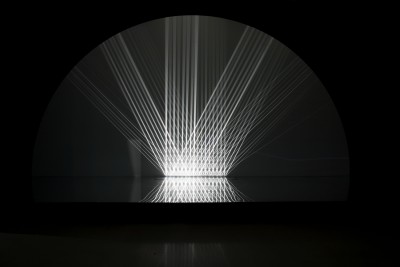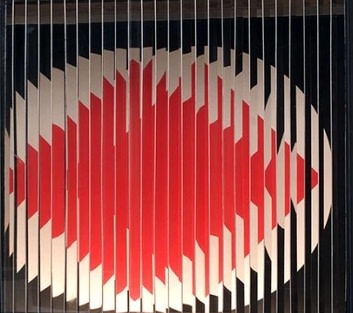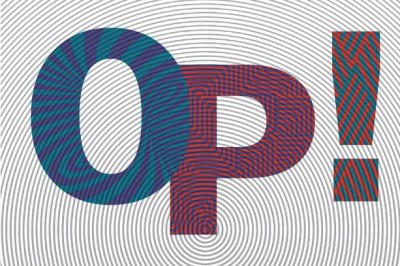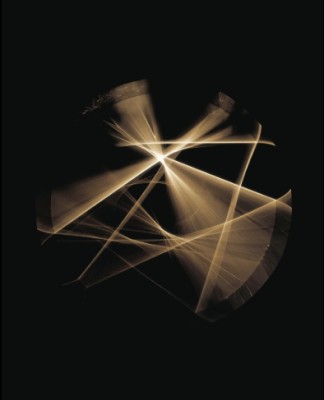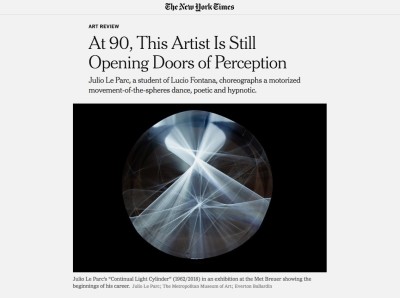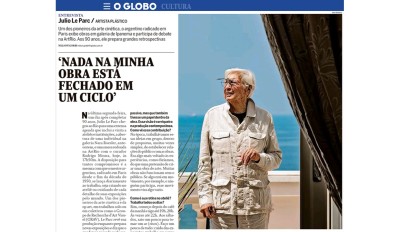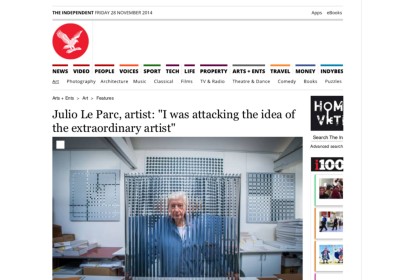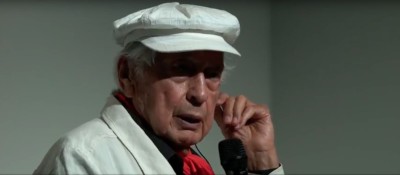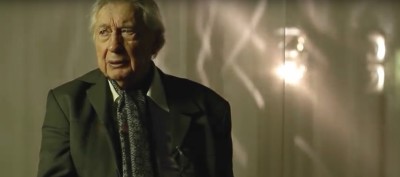Julio Le Parc (b. 1928, Mendoza, Argentina) is internationally recognized as one of the leading names in Optical and Kinetic art. Over the course of six decades, he has performed groundbreaking experiments on light, movement and color, seeking to promote new possibilities for the relationship between art and society from a utopian perspective. The artist's canvases, sculptures, and installations challenge the traditional Art Historical definition of paintings: he uses mediums that pertain to pictorial tradition, such as acrylic on canvas, while incorporating formal kinetic processes in the assemblages and apparatus he employs.
Julio Le Parc was a co-founder of Groupe de Recherche d’Art Visuel (1960–68), a collective of optical-kinetic artists who set out to encourage the participation of viewers in their art, in order to enhance their abilities to perceive and act. In keeping with these premises, and more generally with the then quite disseminated aspiration to a dematerialized art, an art indifferent to market demands, the group showed in alternative venues and even on the street. Julio Le Parc’s works and installations, which were made from nothing other than the interplay of light and shadow, were a direct result of that context, where the production of a fleeting, unsellable art had a clear socio-political undertone.
Julio Le Parc lives and works in Paris, France. Recent solo shows include: Julio Le Parc: Un Visionario, at Centro Cultural Néstor Kirchner (2019), in Buenos Aires, Argentina; Julio Le Parc 1959, at The Metropolitan Museum of Art (The Met Breuer) (2018), in New York, USA; Julio Le Parc: da forma à ação, at Instituto Tomie Ohtake (ITO) (2017), in São Paulo, Brazil; Julio Le Parc: Form into Action, at Perez Art Museum (2016), in Miami, USA. Recent group shows include: Art and Technology before the Internet, at Tate Modern (2024), London, UK; Action Reaction. 100 Years of Kinetic Art, at Kunsthal Rotterdam (2018), Rotterdam, The Netherlands; The Other Trans-Atlantic: Kinetic & Op Art in Central & Eastern Europe and Latin America 1950s-1970s, at Garage Museum of Contemporary Art (2018), in Moscow, Russia, at Sesc Pinheiros (2018), in São Paulo, Brazil, and at Museum of Modern Art (2017), in Warsaw, Poland; Kinesthesia: Latin American Kinetic Art, 1954-1969, II Pacific Standard Time: LA/LA (II PST: LA/LA), at Palm Springs Art Museum (PSAM) (2017), in Palm Springs, USA; Retrospect: Kinetika 1967, at Belvedere Museum (2016), in Vienna, Austria; The Illusive Eye, at El Museo del Barrio (2016), in New York, USA. His works are a part of important collections, such as: Daros Collection, Zurich, Switzerland; Los Angeles County Museum of Art, Los Angeles, USA; Musée d'Art Moderne de la Ville de Paris, Paris, France; and The Museum of Modern Art (MoMA), New York, USA, among others.
